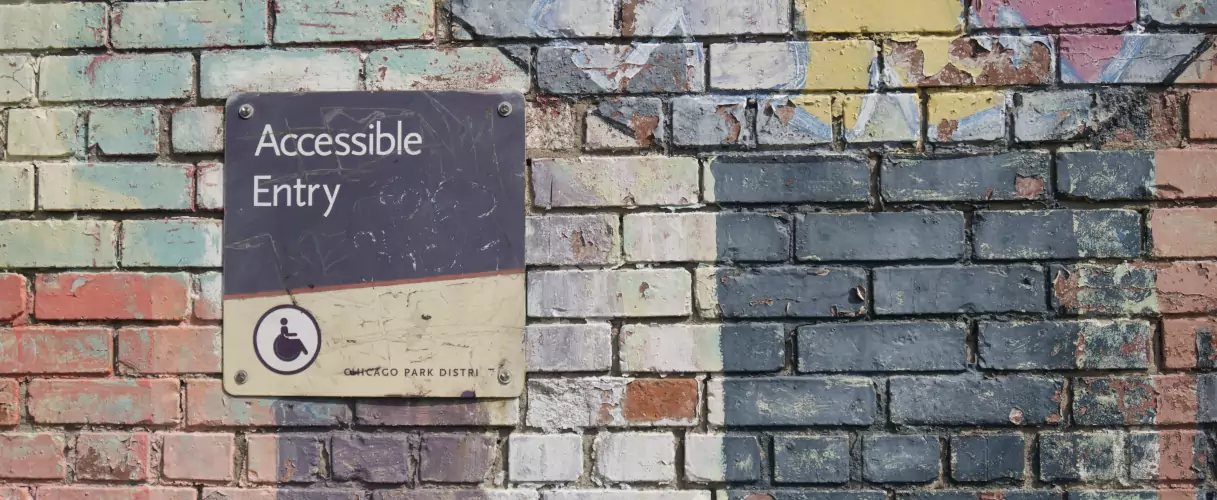Website accessibility
Published : Friday 10 February 2006
Making your site accessible not only widens your target audience by giving access to people of all abilities, but also protects you from incoming legislation ...

Please note: this content is 15+ years old, from a time when I produced content for SEO and key word purposes. It may be of lower quality and no longer accurate.
In today’s world it is important your website is accessible not only to reach a wider audience but to avoid discriminating against people with disabilities.
In this article we will look at some of the issues surrounding accessibility as well as offer practical guidance on creating accessible website’s.
What is accessibility about
Accessibility is about opening up your site to make it usable by all people regardless of their technology limitations and any disabilities they may have such as being blind or deaf.
Making your site accessible not only widens your target audience by giving access to people of all abilities but it also means you are not discriminating against anyone because of any disability they may have. This is becoming increasingly important in today’s modern business world and legislation is rapidly changing to protect the rights of the disabled in our society.
What accessibility issues may people have?
People visiting your site may be limited in many ways. It is important you are aware of as many of them as possible in order that your website design remains accessible. Below we have highlighted some of the key disabilities to be aware of.
- Some of your visitors may have limited or no vision and or hearing.
- Some may have mobility problems and may be limited in their use of a keyboard or mouse or they may use some other device to navigate.
- People can have difficulty reading or comprehending text they may have learning and or mental difficulties
- Some people do not speak or read English as their first language.
- People who do not necessarily have any kind of disability may have a technology limitation such as a slow internet connection, low screen resolution, limited or text only browser.
- Multiple or complex disabilities.
- How to make a website accessible
There are numerous ways to make a website accessible some of the key ones are highlighted below. One of the key aspects is down to careful planning and design.
- Design inline with the W3C Web Content Accessibility Guidelines 1.0
- Ensure your code conforms to WC3 Coding standards such as HTML 4.0 and XHTML 1.0
- Make full and proper use of HTML elements and utilize the likes of title and alt tags.
- Use a simple and consistent navigational structure.
- Avoid strange browser behaviors, popup’s and redirections.
- Provide alternative content for those who may be unable to hear a sound, see a picture or read some text.
- Use relative units to allow your website to scale to different text sizes.
- Use style sheets over depreciated tags, use standard fonts and do not rely on colors or text size to convey information.
- Ensure your text is written in language that is suitable for those with reading difficulties. Diagrams and images can often be used to explain a point.
- Make sure your site can be read by a text browser and navigated easily using a mouse alone and keyboard alone.
- Involve users in the testing and trialing of your site.
##Conclusion
Whilst website accessibility is a relatively large topic area to cover it is important you consider it carefully to avoid the common pitfalls which make your website inaccessible.
Dan's Blog
Information Technology, programming, health, fitness and photography enthusiast.
- Not a writer.
- All views are my own.
- Offence is optional.
- Do your own research.